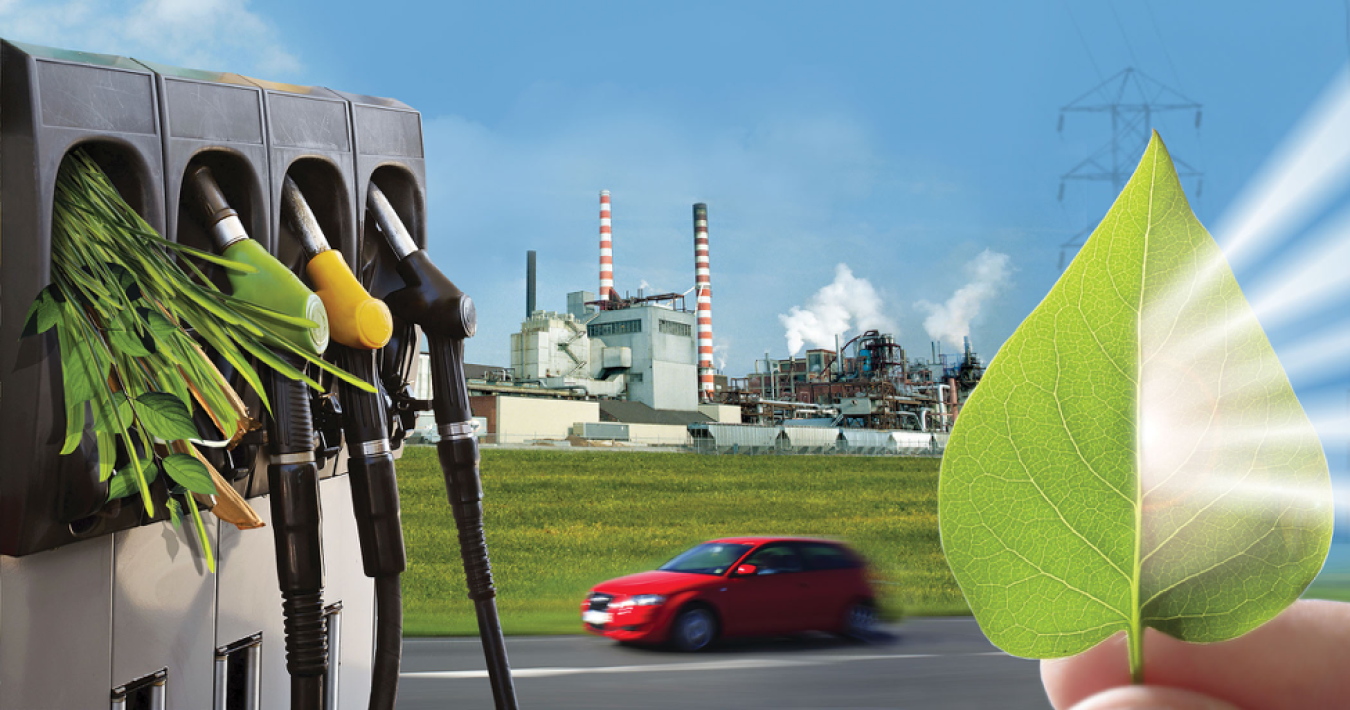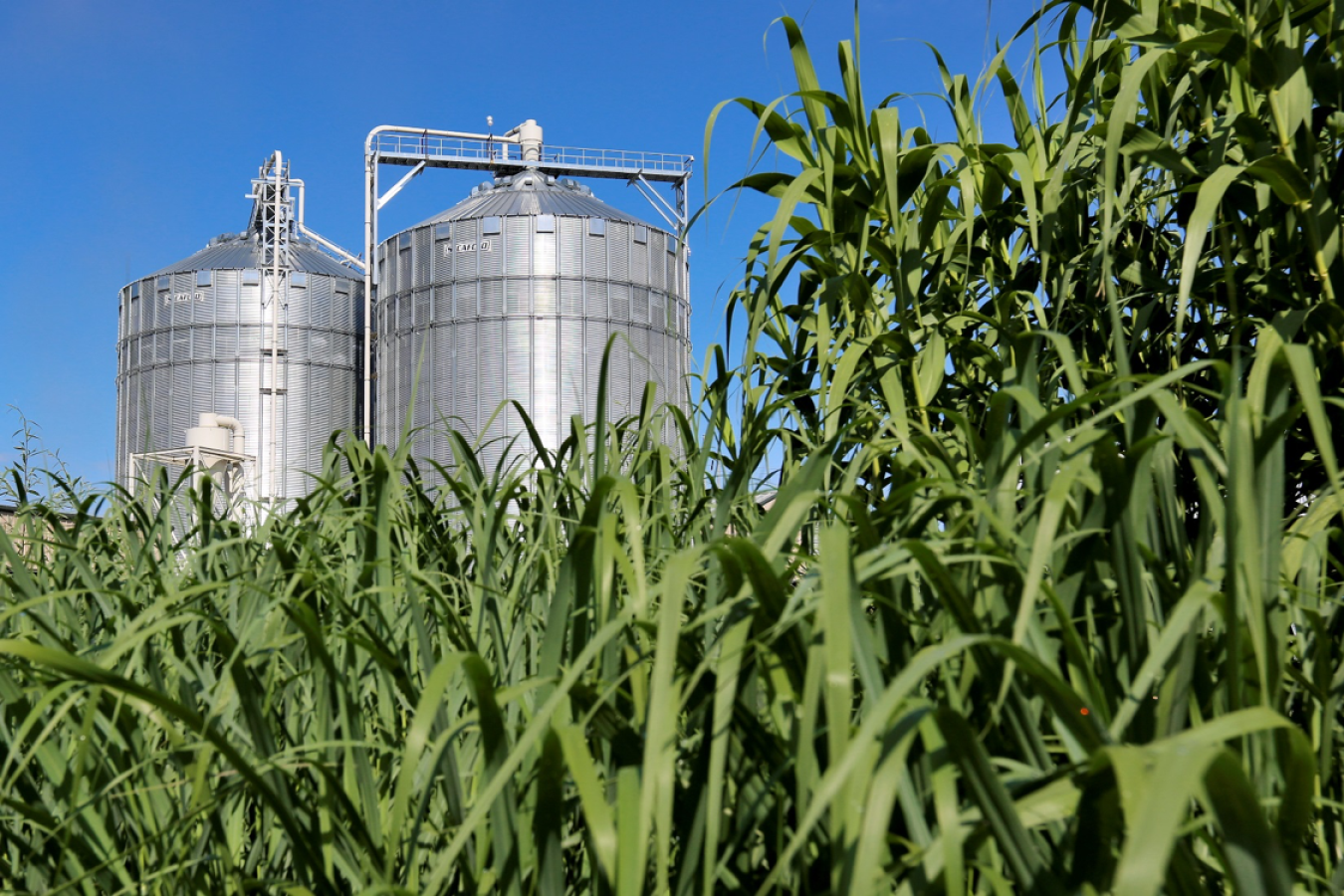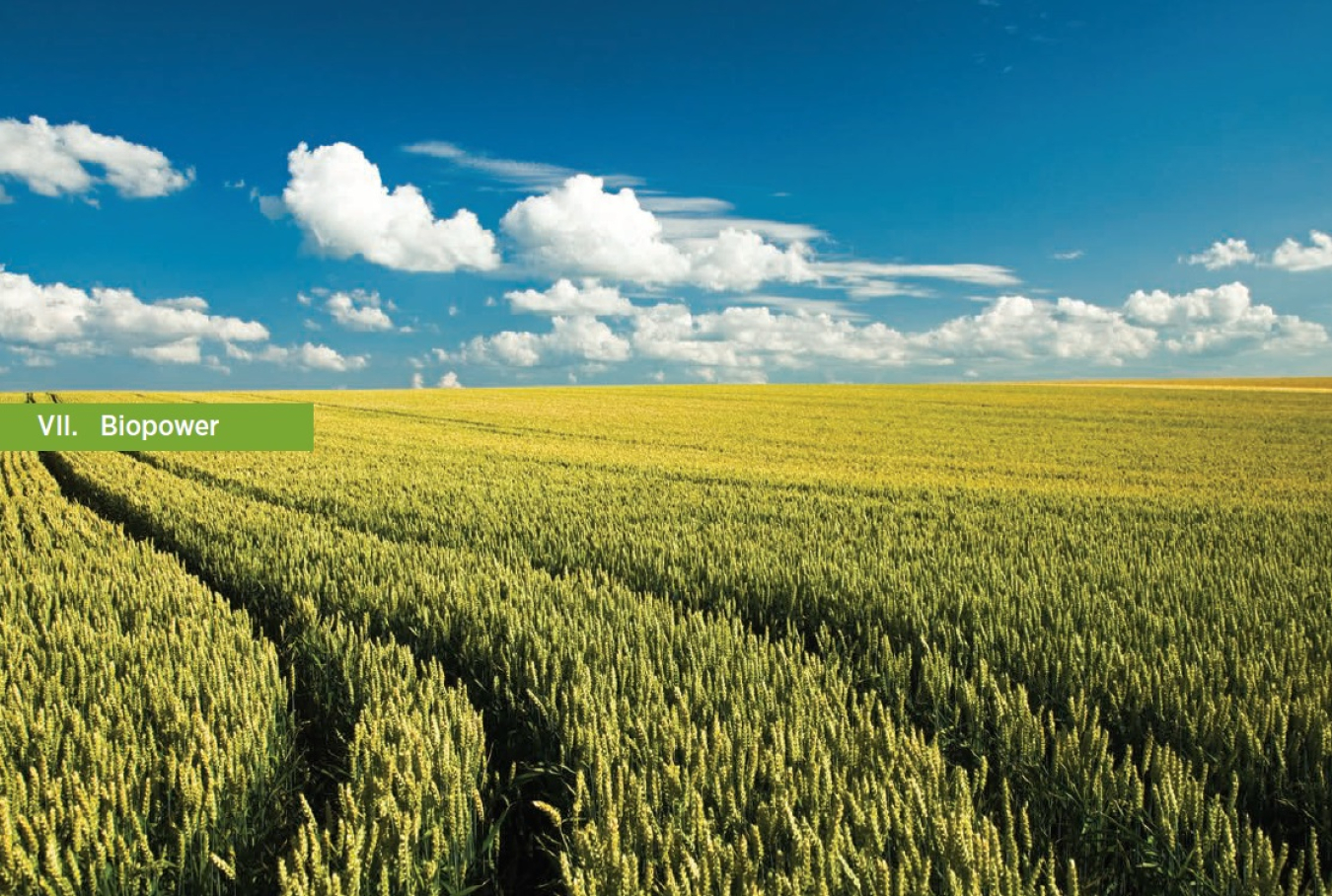Bioenergy is one of many resources available to help meet our demand for energy. It is a form of renewable energy that is derived from recently living organic materials known as biomass, which can be used to produce transportation fuels, heat, electricity, and products.

BENEFITS OF A ROBUST BIOENERGY INDUSTRY
Abundant and renewable bioenergy can contribute to a more secure and economically sound future by:
- Supplying domestic energy sources
- Reducing U.S. dependence on foreign oil
- Generating U.S. jobs
- Revitalizing rural economies.
The U.S. Department of Energy’s 2023 Billion-Ton Report: An Assessment of U.S. Renewable Carbon Resources
- U.S. farmer net market returns increase by $23 billion per year from baseline.
- At $70 per dry ton, approximately 0.7 - 1.7 billion dry tons of biomass can be produced.
- Purpose-grown energy crops can achieve a net flux reduction of about 18 million metric tons of CO₂.
- The U.S. can triple the production of biomass, producing an estimated 60 billion gallons of low emission liquid fuels.
Learn more about Bio-benefits.
BIOMASS: A RENEWABLE ENERGY RESOURCE

Biomass is a renewable energy resource derived from plant- and algae-based materials that include:
|
|
Biomass is a versatile renewable energy source. It can be converted into liquid transportation fuels that are equivalent to fossil-based fuels, such as gasoline, jet, and diesel fuel. Bioenergy technologies enable the reuse of carbon from biomass and waste streams into reduced-emissions fuels for cars, trucks, jets and ships; bioproducts; and renewable power.
Learn more about Biomass Resources.
BIOFUELS: ENERGY FOR TRANSPORTATION

Biomass is one type of renewable resource that can be converted into liquid fuels—known as biofuels—for transportation. Biofuels include cellulosic ethanol, biodiesel, and renewable hydrocarbon "drop-in" fuels. The two most common types of biofuels in use today are ethanol and biodiesel. Biofuels can be used in airplanes and most vehicles that are on the road. Renewable transportation fuels that are functionally equivalent to petroleum fuels lower the carbon intensity of our vehicles and airplanes.
Learn more about Biofuels.
BIOPOWER: ENERGY FOR HEAT AND ELECTRICITY

Biopower technologies convert renewable biomass fuels into heat and electricity using processes like those used with fossil fuels. There are three ways to harvest the energy stored in biomass to produce biopower: burning, bacterial decay, and conversion to a gas or liquid fuel. Biopower can offset the need for carbon fuels burned in power plants, thus lowering the carbon intensity of electricity generation. Unlike some forms of intermittent renewable energy, biopower can increase the flexibility of electricity generation and enhance the reliability of the electric grid.
Learn more about Biopower.
BIOPRODUCTS: EVERYDAY COMMODITIES MADE FROM BIOMASS

Biomass is a versatile energy resource, much like petroleum. Beyond converting biomass to biofuels for vehicle use, it can also serve as a renewable alternative to fossil fuels in the manufacturing of bioproducts such as plastics, lubricants, industrial chemicals, and many other products currently derived from petroleum or natural gas. Mimicking the existing petroleum refinery model, integrated biorefineries can produce bioproducts alongside biofuels. This co-production strategy offers a more efficient, cost-effective, and integrated approach to the use of U.S. biomass resources. Revenue generated from bioproducts also offers added value, improving the economics of biorefinery operations and creating more cost-competitive biofuels.
Learn more about Bioproducts.
[1] Rogers, J. N., B. Stokes, J. Dunn, H. Cai, M. Wu, Z. Haq, H. Baumes. 2016. “An Assessment of the Potential Products and Economic and Environmental Impacts Resulting from a Billion Ton Bioeconomy.”Biofuels, Bioproducts, and Biorefining, 11: 110–128. https://doi.org/10.1002/bbb.1728.

